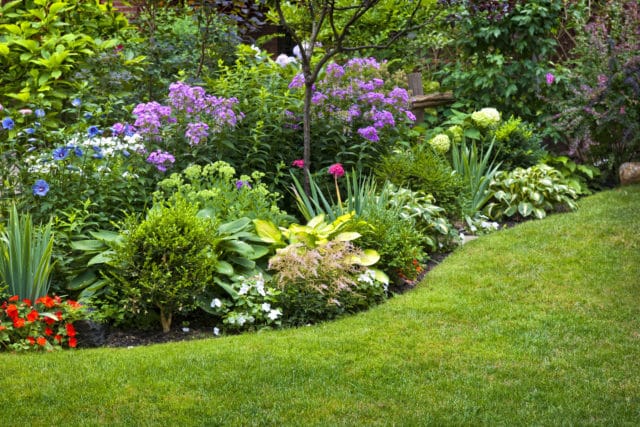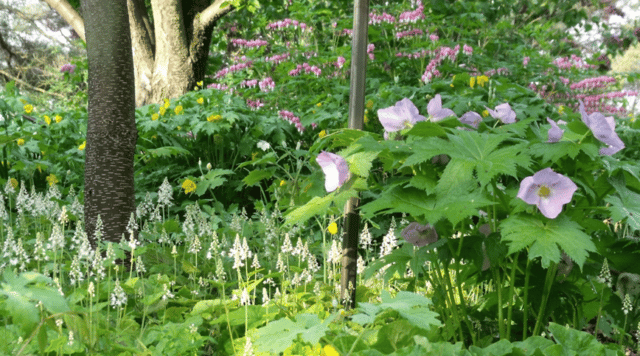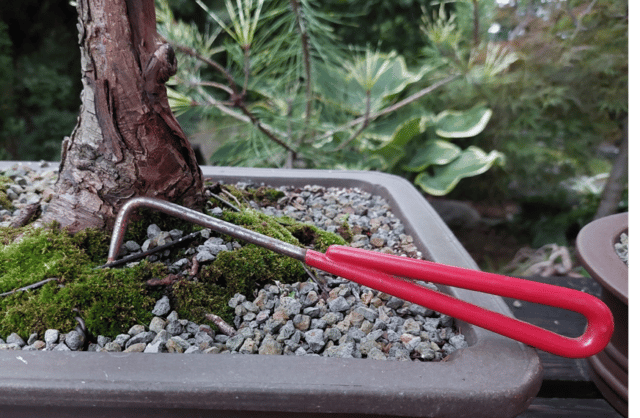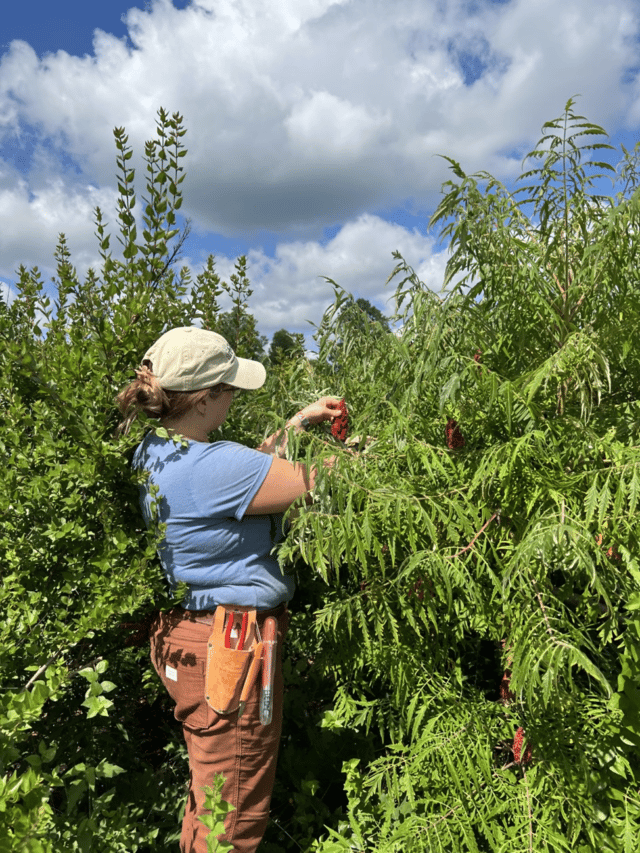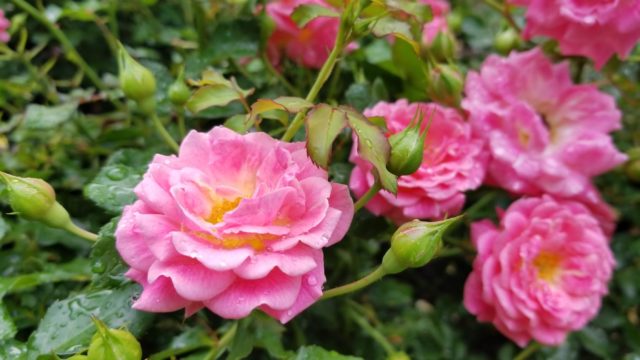
In early 2020, the Royal Horticulture Society (RHS) in the UK announced it will be banning the use of floral foam at all of its events beginning in 2021, including the world-renowned and highly influential Chelsea Flower Show.
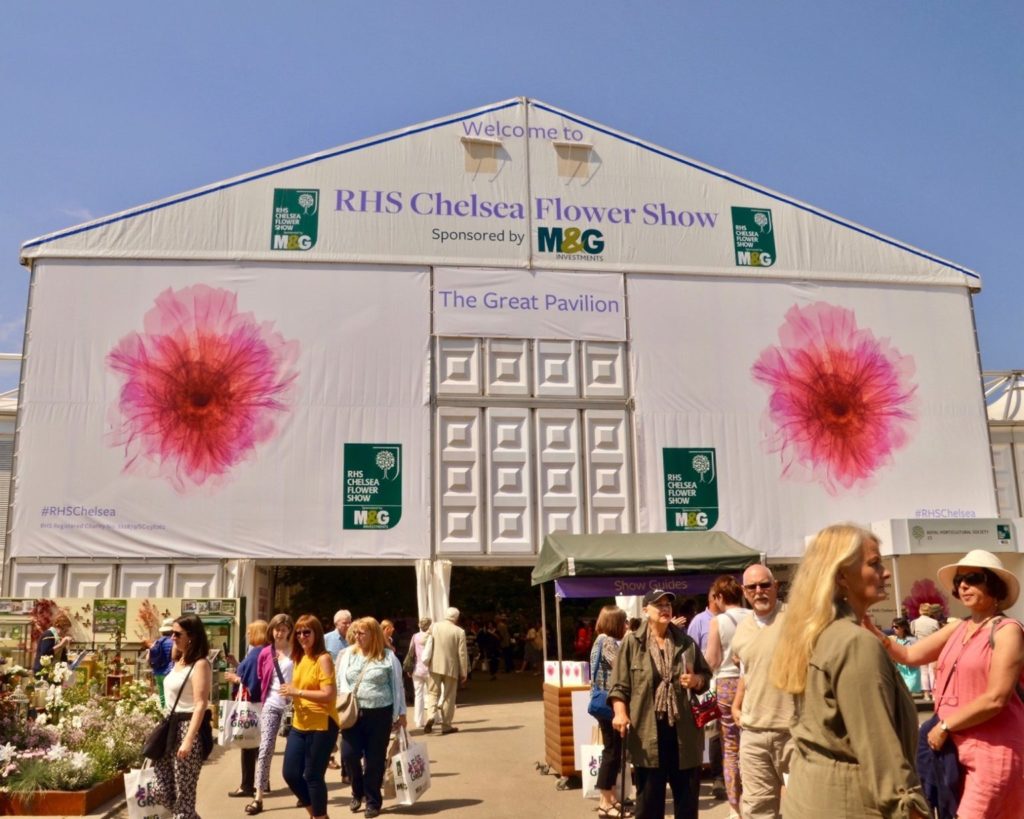
Invented in the 1950’s, floral foam (commonly referred to as “oasis” after the original proprietary brand) revolutionized the floral industry by providing an easy way to make flower arrangements more stable, and the design process less labor intensive, while providing an efficient hydration system that could easily be cut to size and adapted to almost any container. With floral foam, even the most gravity-defying abstract designs became easily achievable.
Now there is growing concern over the environmental effects of the use of floral foam, a non-recyclable plastic made from phenol, formaldehyde and other known carcinogens that make contact with the environment when the green foam is mistaken as a natural product and discarded into the environment or when water containing foam particles is poured down the drain.
The RHS decision to ban floral foam came on the heels of a 2019 study by RMIT University, the first to examine environmental effects of floral foam, which concluded that not only will marine and freshwater organisms ingest the micro plastic remnants of floral foam, but also that chemicals leached from foam particles into the water are more toxic to aquatic invertebrates than leachates from other types of plastic.
Manufacturers are disputing these findings, and the issue of whether the level of chemicals present in floral foam are harmful vs. negligible is up for debate. Regardless, there is a growing consensus that this non-biodegradable, one-time-use plastic waste product falls into the contributor category in the growing plastic pollution crisis.
Much in the same way we now use metal water bottles, reusable shopping bags and glass food storage containers, there are alternatives to floral foam that support sustainability, whether you enjoy flower arranging at home or are a consumer of floristry products:
- Easily manipulated and shaped, chicken wire or mesh floral netting can be loosely crumpled into a round shape and placed into your container to support stems. For added stability, the wire should be shaped so that stems will go through at least two levels of netting.
- A tangle of pliable twigs like curly willow or a clump of wood wool are a great biodegradable alternative to floral foam, especially for use in arrangements you are giving away. Pebbles, sand or moss can also be used for support.
- Check the internet, garage sales or grandma’s basement to find “old fashioned” flower arranging mechanics such as ceramic or glass flower frogs, metal pin-holders and half-dome metal cages.
- Keep an eye out for emerging new reusable flower arranging products such as the “FloraGuppy” or “The Pillow” and natural foam-like alternatives like “Agra-Wool”, a degradable product made from mineral-based materials (not yet widely available in the U.S.).
- Beautiful floral designs can also be made using potted plants, with cut flowers inserted using reusable water picks or tucked in small glass bottles between the pots. This technique, called “Pot-et-fleur”, is the art of mixing cut flowers, foliage and houseplants to provide ever-changing short term seasonal color with an ongoing background.
- Beware of new synthetic floral foam products that claim “enhanced biodegradability” but do not meet U.S. Federal Trade Commission requirements or ASTM standards to be certified as biodegradable.
In addition to floral foam, florists traditionally have been heavy users of other plastics, including plastic pots, wrapping, stem protectors, card holders and flower cylinders. Many florists are now making a serious shift toward sustainable floristry practices and, keeping in mind that the business of floristry is consumer-driven, we can have an impact here in the U.S. by how we shop. When ordering from a florist, ask for eco-friendly options to floral foam-based arrangements, packaging and related plastic sundry items.
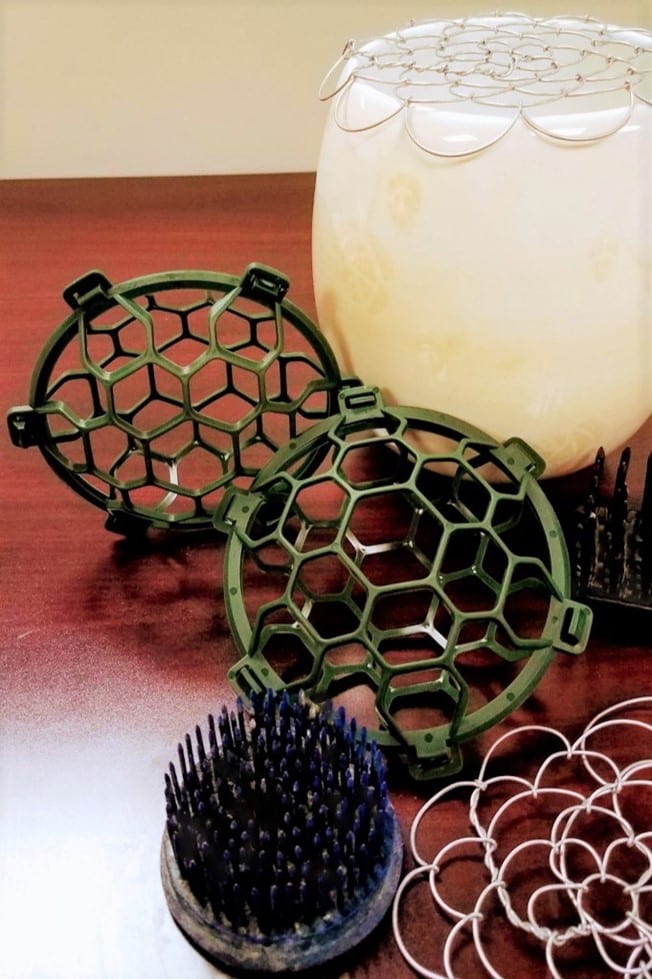
If you have floral foam and wish to continue using it while transitioning into more eco-friendly practices, be sure to place the used foam in landfill-bound trash rather than in the compost or garden, and refrain from pouring water containing bits of foam down the drain. (Use a cloth to strain the particles out and dispose of them in the trash.) Used blocks of floral foam can also be saved and used for dried flower arrangements or repurposed as a platform or wedging material when needed inside large containers.
The RHS ban on floral foam not only signals a paradigm shift toward sustainable floristry practices, but it may also represent the start of new aesthetic in the art of floral design because, without the ability to easily force the gesture of a stem to our will in floral foam, its natural shape now becomes more of a consideration. The result is more organic, with a lush abundant and graceful ease, like a flower painting by Rembrandt or Renoir.

Lorinda Laughlin
Gardener
Lorinda is a Gardener in the Myrtle S. Holden Wildflower Garden and the Arlene and Arthur S. Holden Jr. Butterfly Garden. She is also a National Garden Clubs Life-Accredited Flower Show Judge.

